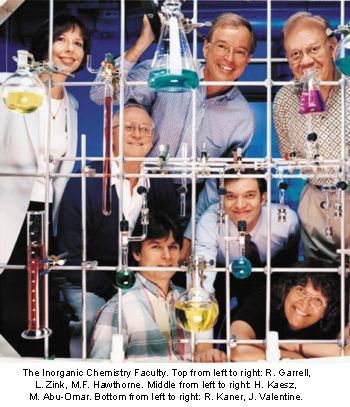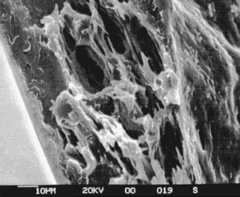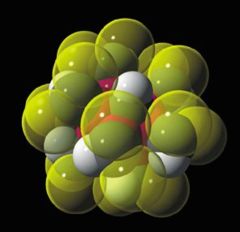INORGANIC CHEMISTRY Inorganic Chemistry encompasses fundamental studies of the properties and reactivities of nearly all of the elements, and the roles of metals in biological systems. It impacts diverse technologies, ranging from catalysis and the synthesis of new materials, to drug design and sensor fabrication. The faculty are synthesizing novel boron and carborane compounds for cancer treatment, and new organometallic complexes for synthesis and catalysis. Innovative low-pressure, low-temperature routes for obtaining high-purity ceramic materials are also being developed. New types of monolayers, thin films and polymer membranes are being fabricated and characterized for use in electronics, sensors and separations. State-of-the-art laser spectroscopic methods are being used to understand the structure and reactivity of complex molecules in the gas phase, solution and ultrathin films. Research into the functions of metal complexes in biological systems is providing new insights into disease processes and strategies for treatments and cures. From synthesis to fabrication, from the nanoscale to living organisms, inorganic research at UCLA combines breadth and innovation.
A scanning electron micrograh from the Kaner |
 The Inorganic
Chemistry Faculty. Top from left to right: R. Garrell, L. Zink, M.F. Hawthorne. Middle
A computer-generated space-filling
representation from the
|

